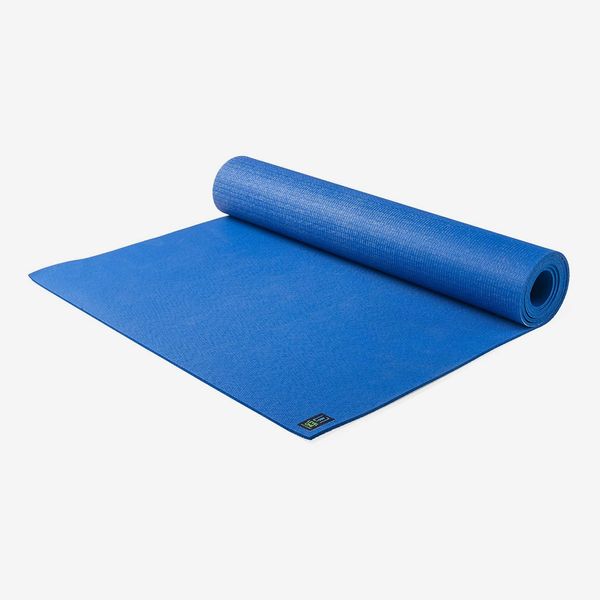How to sanitize yoga mat? Yoga is a popular form of exercise that provides numerous physical and mental health benefits. Whether you practice yoga at home or in a studio, it’s essential to keep your yoga mat clean and sanitized to maintain hygiene and prevent the spread of germs. Regularly sanitizing your yoga mat is especially important if you share it with others or use it in public spaces. In this article, we will discuss different methods for sanitizing your yoga mat and keeping it clean and germ-free.
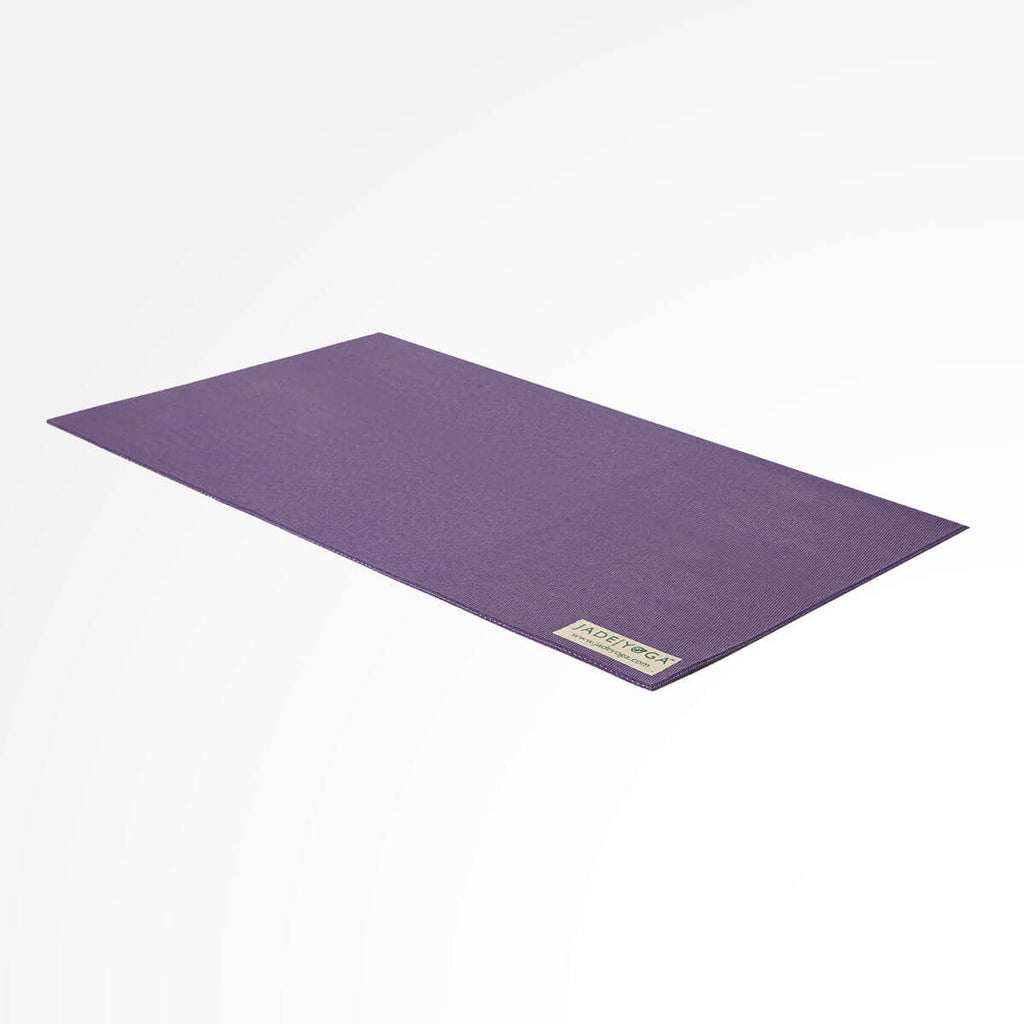
Why is it important to sanitize your yoga mat?
Yoga mats come into direct contact with sweat, dirt, and bacteria during use, which can build up over time. Failing to sanitize your yoga mat regularly can lead to the growth of harmful bacteria, fungi, and other pathogens that can cause skin irritations, infections, or respiratory issues. If you practice yoga in a studio or gym, sharing mats with others increases the risk of exposure to germs. Additionally, personal hygiene plays a critical role in preventing the spread of illnesses, so it’s important to maintain a clean yoga mat to protect yourself and others.
Methods for sanitizing your yoga mat
There are several effective methods for sanitizing your yoga mat, ranging from simple DIY solutions to specialized cleaning products. It’s essential to choose a method that suits your preferences and the material of your yoga mat. Here are some common methods for sanitizing your yoga mat:
Spray and wipe with a natural cleaning solution
One of the easiest ways to sanitize your yoga mat is to use a natural cleaning solution, such as a mixture of water, vinegar, and essential oils. Simply fill a spray bottle with equal parts water and white vinegar, and add a few drops of your preferred essential oil for a pleasant scent. Spray the solution onto your yoga mat and wipe it down thoroughly with a clean cloth. Vinegar is known for its antibacterial properties, while essential oils can help eliminate odors and add a refreshing aroma to your mat.
Clean with commercial yoga mat cleaner
There are many commercial yoga mat cleaners available on the market, specially formulated to sanitize and deodorize yoga mats. These products come in spray or wipe form and are designed to be gentle on the mat’s material while effectively eliminating germs and sweat residue. Look for a yoga mat cleaner that is free from harsh chemicals and contains natural ingredients for an eco-friendly option.
Hand wash with mild soap and water
For a more thorough cleaning, you can hand wash your yoga mat using mild soap and water. Fill a bathtub or large sink with warm water and add a small amount of gentle liquid soap. Submerge the yoga mat in the soapy water and use a soft brush or cloth to gently scrub the surface. Rinse the mat thoroughly with clean water to remove any soap residue, then lay it flat to air dry. Avoid using hot water or harsh detergents, as they can damage the material of the yoga mat.
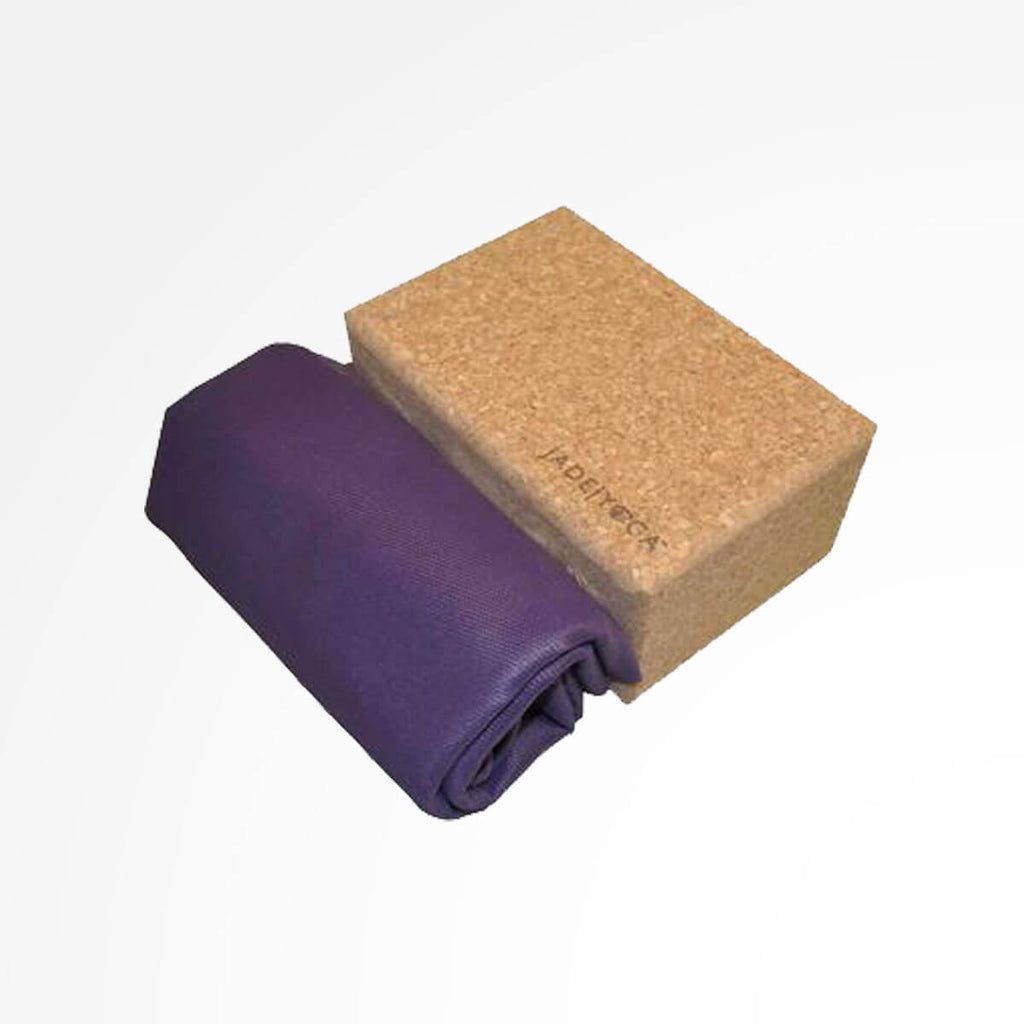
Machine wash (if suitable)
Some yoga mats are machine washable, making it convenient to clean and sanitize them regularly. Check the manufacturer’s instructions to determine if your yoga mat is machine washable, and follow the recommended guidelines for washing. Use a gentle cycle with cold water and a mild detergent, then allow the mat to air dry completely before use. Always ensure that your yoga mat is compatible with machine washing to avoid damaging the material or compromising its performance.
Use a UV-C light sanitizer
UV-C light sanitizers have gained popularity as a convenient and effective way to kill germs and bacteria on various surfaces, including yoga mats. These portable devices emit ultraviolet light at a specific wavelength that disrupts the DNA of microorganisms, making them unable to reproduce and causing them to die off. Simply pass the UV-C light over the surface of your yoga mat for a few minutes to sanitize it thoroughly. However, it’s essential to follow the manufacturer’s instructions and safety guidelines when using UV-C light sanitizers.
Tips for maintaining a clean yoga mat
In addition to regular sanitization, there are several tips for maintaining a clean and germ-free yoga mat:
- Roll up your yoga mat with the top side facing out to prevent dirt and sweat from accumulating on the surface.
- Use a yoga towel or mat cover during practice to absorb sweat and protect the mat from direct contact with your body.
- Store your yoga mat in a cool, dry place away from direct sunlight and moisture to prevent the growth of mold and mildew.
- Air out your yoga mat after each use by laying it flat or hanging it over a railing to allow proper ventilation and prevent odor buildup.
- Consider investing in a high-quality yoga mat made of antimicrobial materials for added protection against germs and bacteria.
Advantages of yoga mat
For those who practice yoga, a yoga mat is an essential tool for ensuring a comfortable and safe practice. A yoga mat provides a stable and non-slip surface for various yoga poses and exercises. Additionally, it helps to cushion the body and reduce the impact on joints while performing yoga.
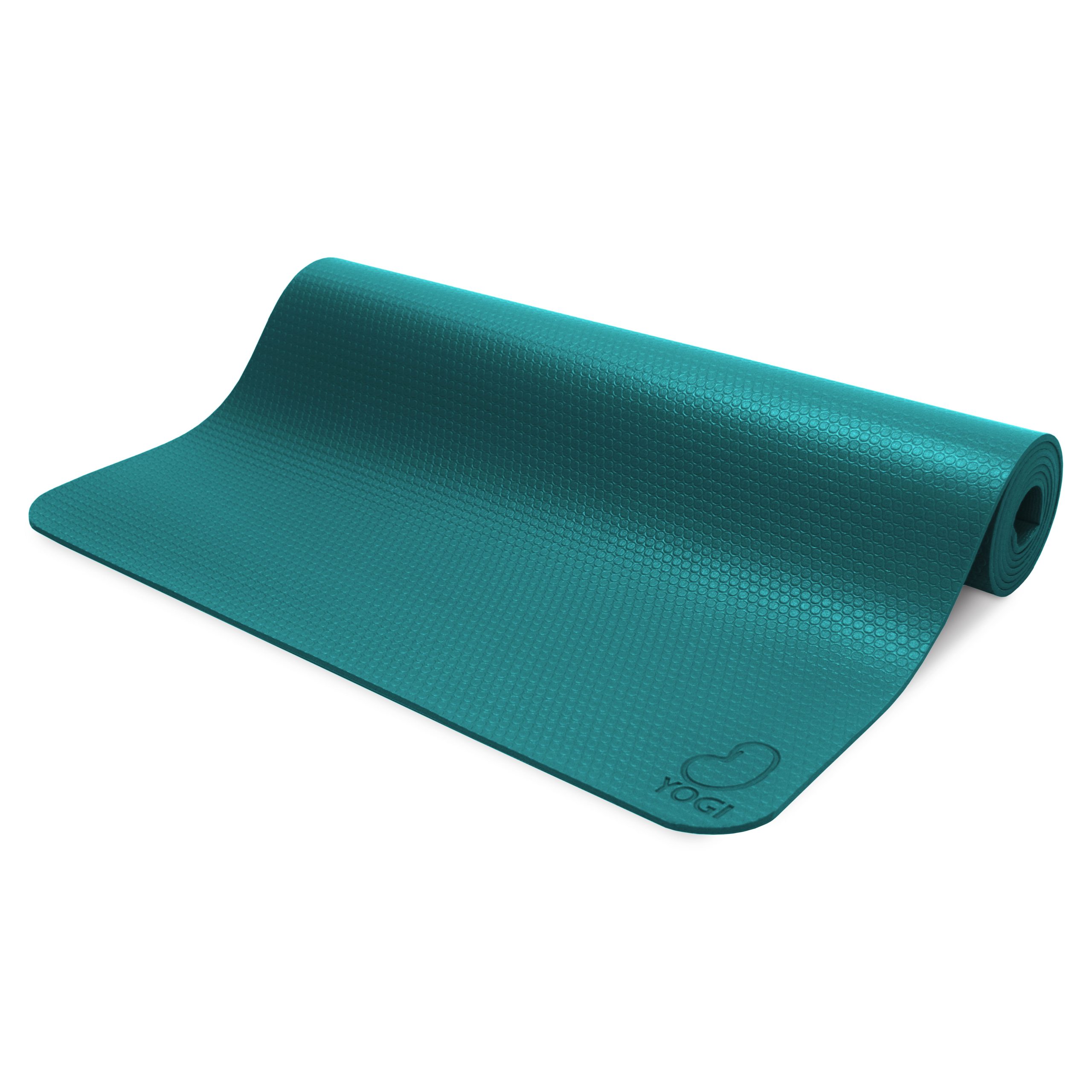
Improves Comfort and Stability
One of the most significant benefits of using a yoga mat is the improvement in comfort and stability during yoga practice. The cushioning provided by the yoga mat helps to support the body during various yoga poses, making it more comfortable to hold the poses for an extended period. Additionally, the non-slip surface of the yoga mat provides stability, ensuring that you can maintain proper alignment and balance throughout your practice. This is particularly important for poses that require a strong foothold and stability, such as balancing poses and inversions.
Provides Hygienic Surface
Yoga mats are easy to clean and maintain, providing a hygienic surface for your yoga practice. The non-porous material of the yoga mat prevents sweat, dirt, and bacteria from penetrating the surface, making it easy to wipe clean after each use. This ensures that you have a clean and safe surface to practice on, minimizing the risk of infections and skin irritations. Additionally, using your own yoga mat means that you are not sharing a surface with others, reducing the risk of exposure to germs and illnesses.
Reduces Impact on Joints
The cushioning provided by a yoga mat helps to reduce the impact on joints during yoga practice. This is particularly beneficial for individuals with joint pain or arthritis, as it can help to alleviate discomfort and strain during yoga practice. The softness of the yoga mat provides a gentle surface for the body to land on, reducing the pressure on joints and preventing any potential injury. It also helps to protect the wrists, elbows, knees, and ankles from the hard floor, allowing for a more comfortable and safe practice.
Enhances Balance and Alignment
Using a yoga mat can help improve balance and alignment during yoga practice. The non-slip surface of the yoga mat provides a stable foundation for maintaining proper posture and alignment in various yoga poses. This can help to prevent slipping or sliding during poses, allowing you to focus on your practice without the distraction of ensuring your foothold. Additionally, the lines and markings on some yoga mats can be used as a visual guide for proper alignment, helping to improve your form and technique.
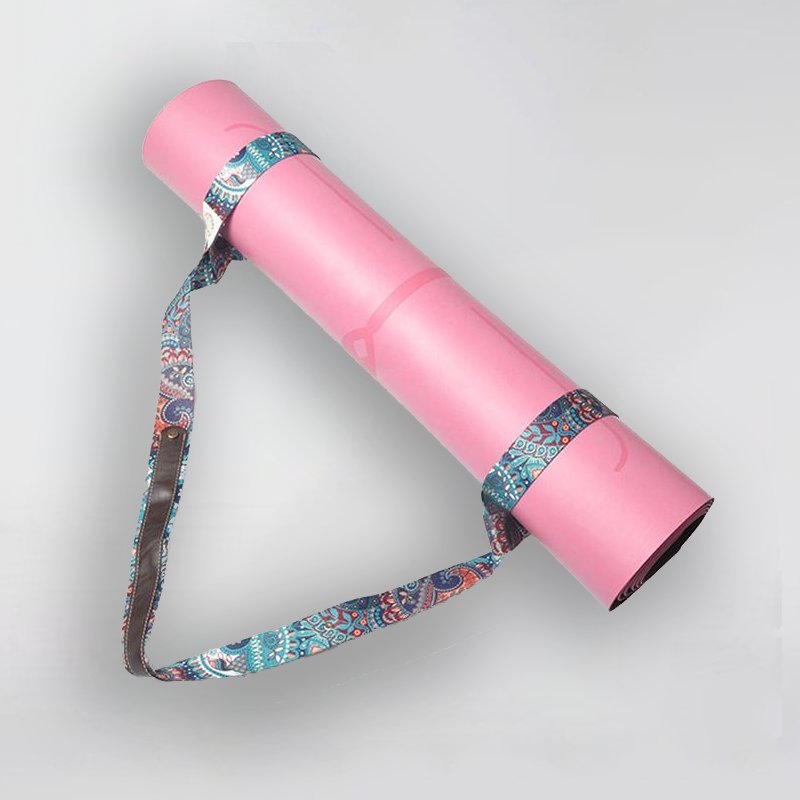
Conclusion
Sanitizing your yoga mat is an essential part of maintaining a hygienic and healthy practice. By regularly cleaning and sanitizing your yoga mat, you can reduce the risk of exposure to germs and preserve its quality and performance. Whether you prefer natural cleaning solutions, commercial yoga mat cleaners, or specialized sanitization methods, there are various options available to suit your needs. In addition to sanitization, following good hygiene practices and proper mat maintenance will ensure that your yoga mat remains clean, fresh, and ready for your next practice. Prioritizing the cleanliness of your yoga mat contributes to a safe and enjoyable yoga experience for yourself and others.
